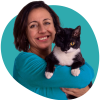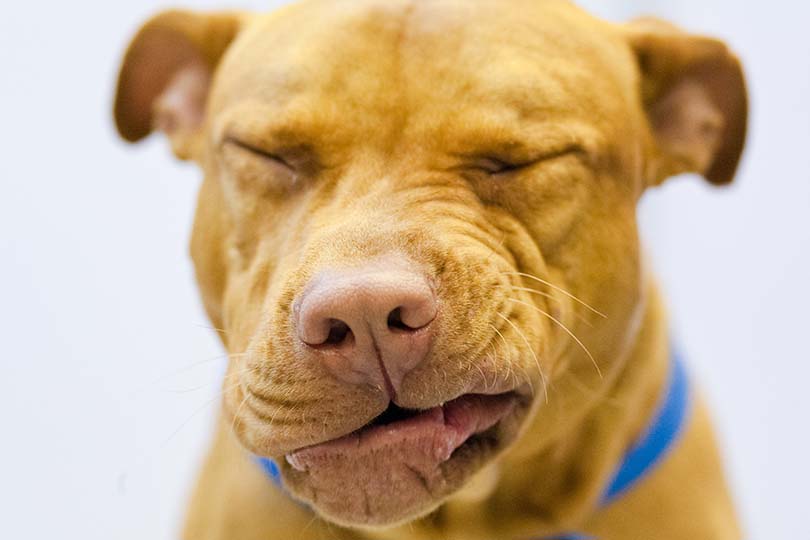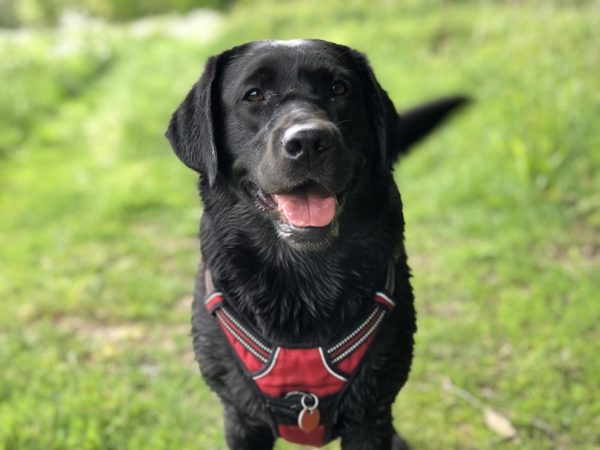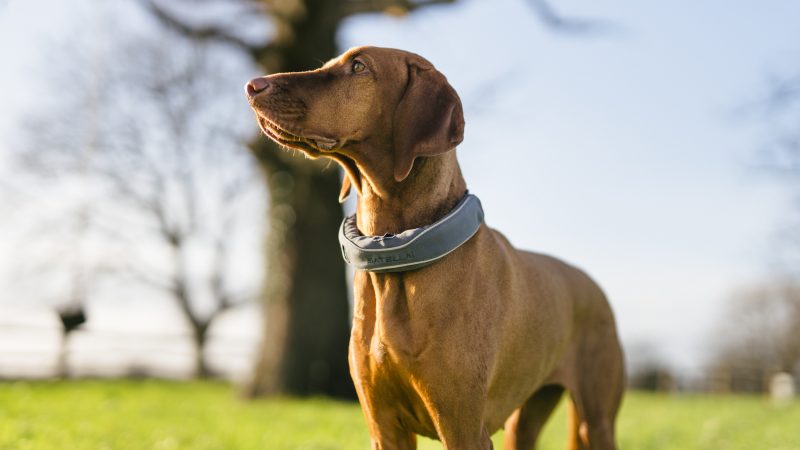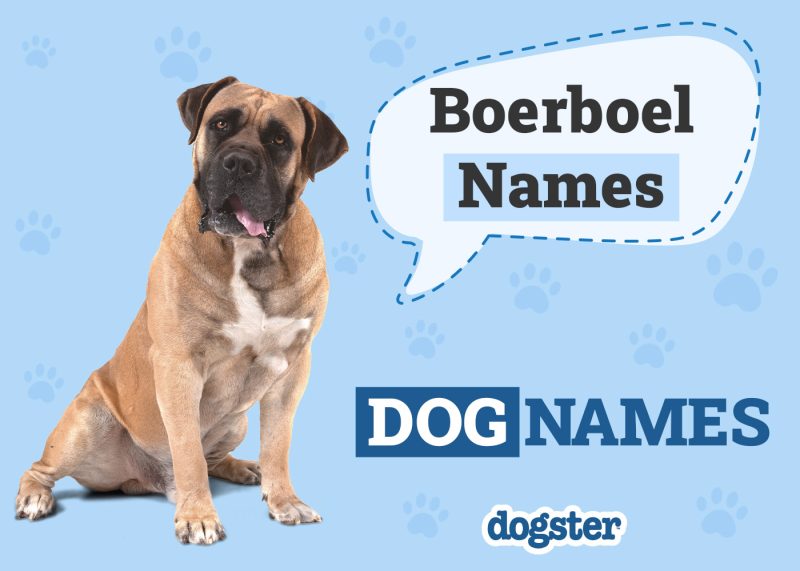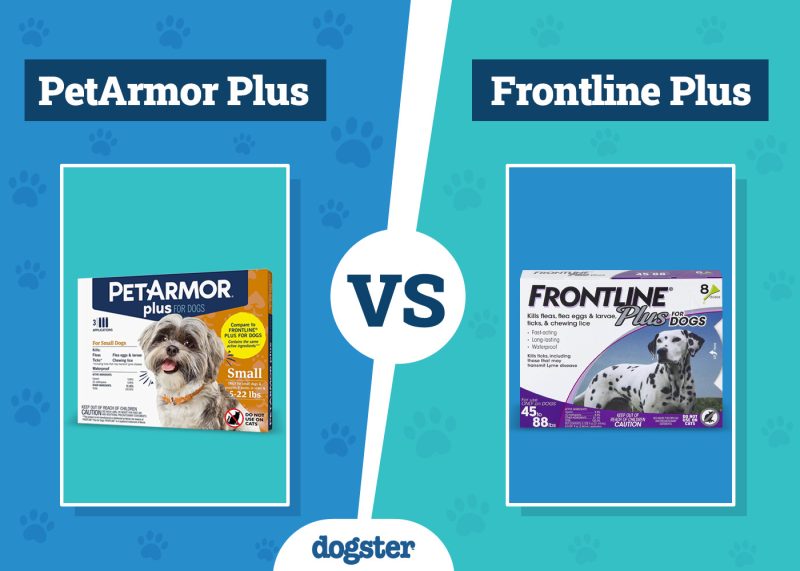Dogs live in a world of smell to a much greater degree than humans do. They use smell to do all sorts of things, including figuring out what is good to eat and what isn’t.
Luckily, most of the time, they have a natural repulsion to many of the foods that are toxic to them. This is instinctual to them, as it prevents them from eating these foods and falling ill. It’s their natural protection mechanism against consuming toxic substances.
There are tons of smells out there that most dogs don’t like. Of course, this does vary a little from dog to dog—some canines don’t care about what anything smells like and will eat just about anything!
Important note: While many dogs are known to dislike the smells listed, individual preferences can vary widely. The information provided in this article is general and should not be used to assume a specific reaction from your dog. Some of the substances mentioned, such as citrus oils, mothballs, or certain cleaning agents, can be toxic to dogs if ingested, touched, or inhaled. Never rely on a dog’s aversion to a scent as a guarantee that they will avoid it. Always store potentially harmful substances out of reach and consult your veterinarian before using any scented product around your pet.

The 11 Scents That Dogs Can’t Stand
1. Citrus
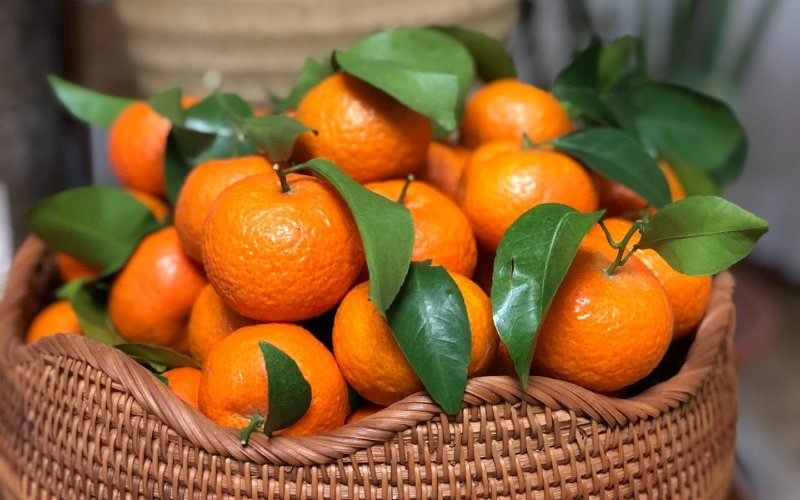
Humans may love the smell of citrus, but our dogs typically hate it. Oranges, lemons, limes, and grapefruits are all a turnoff for our dogs.
These citrusy delights contain oils that make them super aromatic and irritating to doggy noses. Not to mention, they’re toxic to dogs, too (like most smells dogs don’t like).
Steer clear of letting your pup eat citrus or using citrus essential oils around them. The essential oils are particularly toxic, as they are concentrated forms of citrus oil (which is the part toxic to dogs). Even inhaling the citrus oil can be extremely toxic to dogs and even cause minor amounts of damage over time. Citrus oil should be completely avoided inside your home.
2. Spices
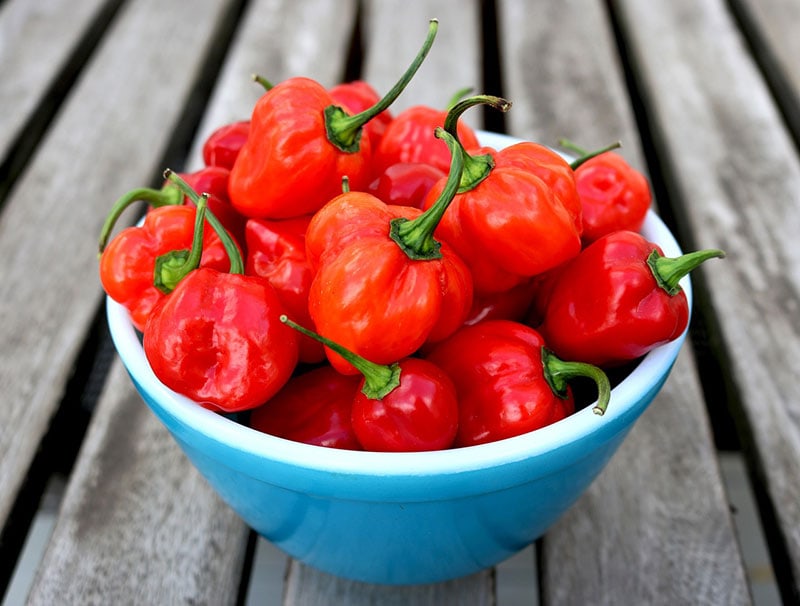
Hot peppers like jalapenos, chili peppers, and habaneros contain capsaicin, a chemical that gives them their fiery taste. But for dogs, it’s a recipe for sneezing, drooling, coughing, and watery eyes. Dogs are very sensitive to capsaicin, and its ingestion can cause significant discomfort and health issues. What you enjoy as a little spicy may be extremely distressing for your dog.
Some people use peppers as a natural way to keep dogs away but be careful not to cause any discomfort. Just a pinch is enough to repel them. Dogs are much more sensitive to smell than taste (usually, at least). Therefore, you don’t need very much to keep them away.
3. Ground Spices
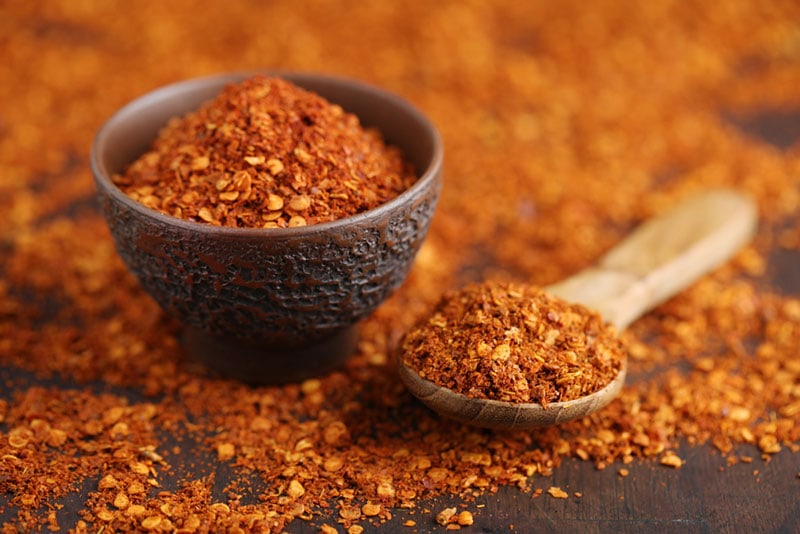
Ground spices include things like cinnamon, nutmeg, allspice, ginger, cardamom, mustard, and cayenne pepper. While we humans love to sprinkle these aromatic wonders in our food, dogs are less than thrilled. They’re all toxic to our furry friends, too, though the exact signs of toxicity vary.
These ground spices have such a strong aroma that they overpower our furry friends’ noses, making them avoid the area altogether. Watch out for nutmeg particularly—it can cause hallucinations and seizures if ingested in large amounts. It’s one of the most toxic spices out there, so we recommend avoiding it around your dog altogether.
4. Vinegar

Everyone should have vinegar in their house, especially if you own a dog. It can be utilized as a cleaning agent and is very good at reducing doggie odors and urine stains. However, you should avoid feeding it to your dog or using it on them directly. Vinegar’s sour and acidic scent doesn’t exactly float their doggy boats. Plus, if sprayed or inhaled, it can irritate their skin and respiratory system.
When using it to clean, you should clean the area thoroughly before letting your dog re-enter the room. Also, be sure to rinse anything your dog uses directly (like their dog bowl or bed). Otherwise, they may start avoiding these things due to the smell.
5. Fresh Herbs

While we eat herbs without a problem, some of them are particularly smelly to dogs. Fresh herbs like basil, mint, and rosemary have volatile oils that make them very smelly. For our dogs, this can be a bit much. Additionally, certain fresh herbs can be toxic to dogs in large quantities.
Therefore, you should be very cautious when using any herbs in your dog’s food (including feeding them leftovers with herbs). The oils of these plants dissipate over time, so they won’t be as smelly when dried.
6. Alcohol

Cheers to a smell that dogs find downright repulsive! Dogs don’t share our appreciation for the strong and unpleasant scent of alcohol. It can be extremely dangerous for them if they consume or inhale it, so it’s a good thing they don’t like it.
Alcohol can quickly cause intoxication in dogs, and puppies are at particular risk because of their smaller size and immature organs.
Alcohol can cause all sorts of trouble, from vomiting, diarrhea, to even coma or death. So, keep your adult beverages away from your curious canine and avoid using alcohol as a cleaning agent. Don’t use rubbing alcohol on your dog, either. After all, dogs lick themselves for grooming purposes and may accidentally ingest some.
7. Household Cleaners
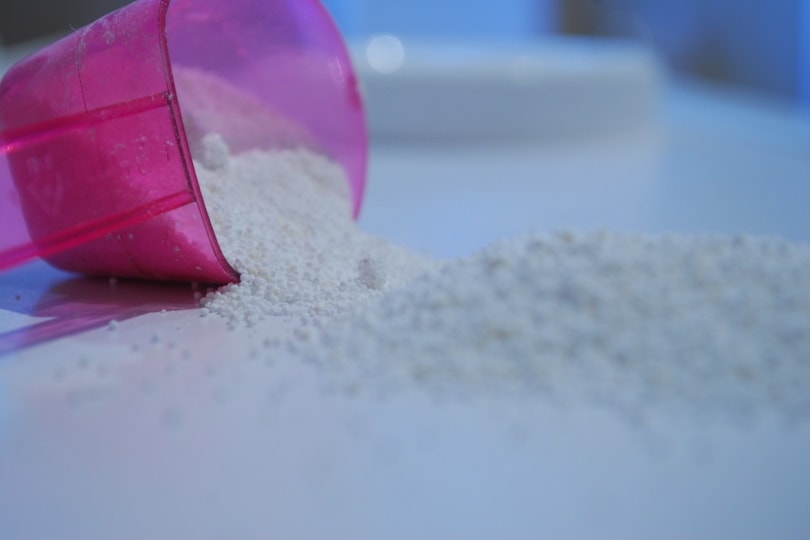
The chemicals in cleaners, like chlorine and ammonia, emit a harsh bleach-like scent that dogs simply can’t stand.
This isn’t necessarily a bad thing, though. Just like humans, strong cleaning agents often produce gasses that are harmful to dogs. Humans can avoid this problem by using them in ventilated areas or wearing a mask. Our dogs are simply programmed to think that it smells bad and leave. It prevents them from developing some of the health issues associated with bleach and similar cleaners.
From skin irritation to eye damage, respiratory problems, and even organ failure, these cleaners pose a risk to our dogs. Therefore, it’s best to keep your dog out of the room when using them.
8. Mothballs
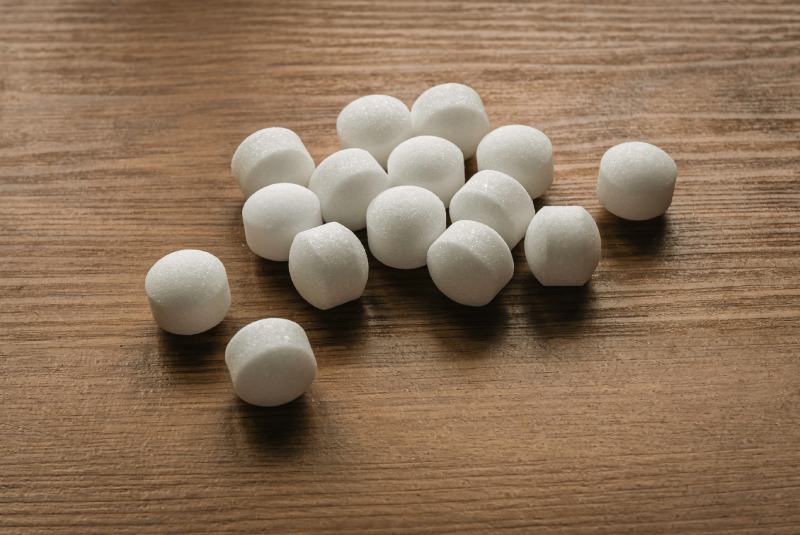
Mothballs are tiny pesticide balls that keep moths out of clothes and furniture. They aren’t super popular anymore, but everyone’s grandmother probably used them at some point. (And you can still purchase them at some stores.)
These balls are full of chemicals, which is how they work. Luckily, our dogs consider these chemicals very smelly, which prevents them from eating them most of the time. However, you can’t only rely on your dog’s aversion to them, so we don’t recommend using them around dogs for this reason.
Mothballs can lead to all sorts of health issues for dogs, including vomiting, diarrhea, seizures, liver damage, and even death. Simply put, they’re bad news for our pets.
9. Perfumes
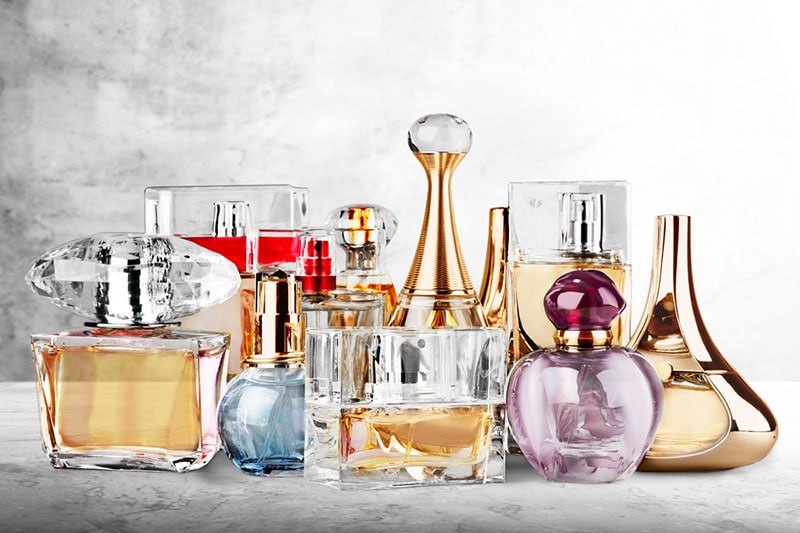
Many people like the smell of perfumes. After all, if we didn’t, no one would buy them. However, our furry friends would not agree with us on this one. The overwhelming scent of perfumes is off-putting for many dogs. Remember, dogs have a much more sensitive nose than we do, so perfume can easily be overwhelming.
Perfumes are made out of all sorts of things—some of which are toxic to our dogs. If they lick or inhale perfumes, they can experience skin irritation, allergic reactions, respiratory problems, and even poisoning. So, keep those fragrances to yourself and avoid any mishaps by keeping perfume bottles and samples away from your curious pup.
10. Nail Polish
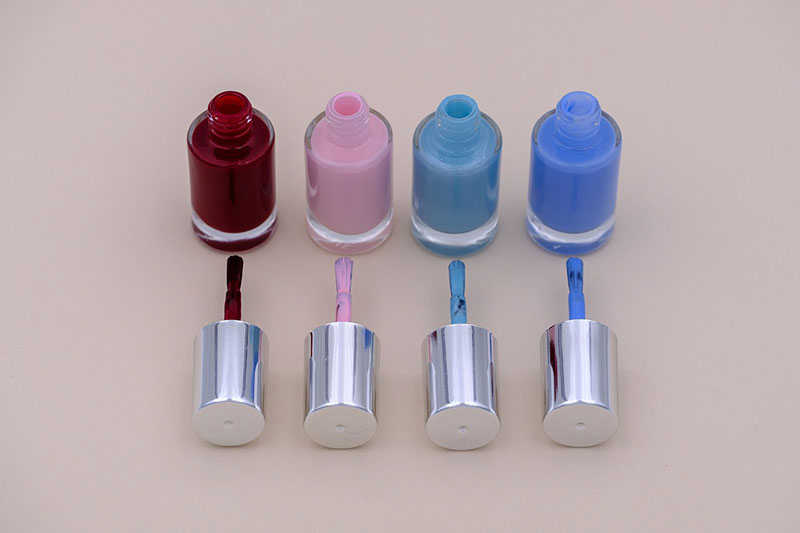
Many people have used nail polish at least once in their life. Once applied and dried, nail polish doesn’t smell like much. However, a bottle of nail polish can smell very overwhelming to our dogs. Most dogs will avoid this chemical smell naturally.
And, to a point, this is lucky. Nail polish can cause all sorts of health problems if our dogs consume it (just like it would for us if we consumed it). Vomiting, diarrhea, and stomach upset may quickly sneak up on our furry friends if they have a stomach full of nail polish.
Therefore, you should keep nail polish away from your dog.
11. Onions & Garlic
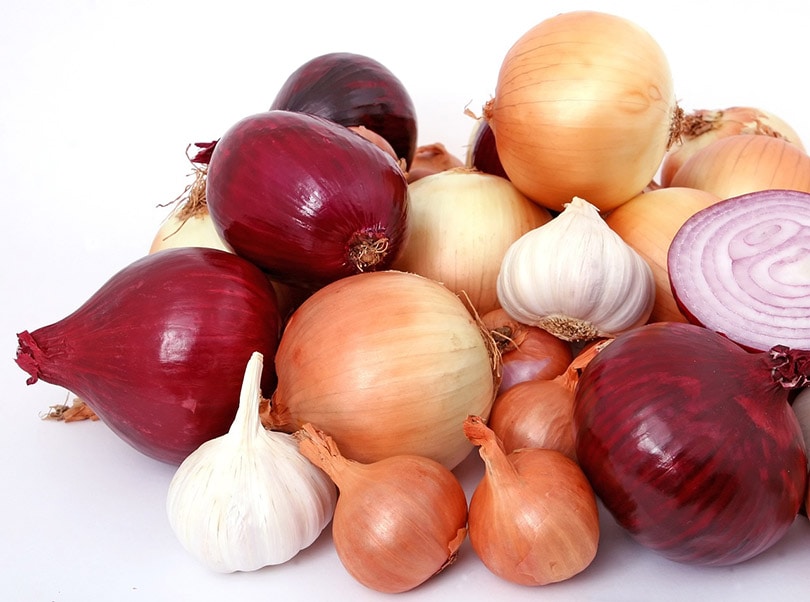
You may not know that garlic and onions are some of the most toxic foods to dogs. Most people know that their dogs can’t have chocolate, but these plants are very toxic to our furry friends. Luckily, dogs hate the smell of them (again, that helps keep them alive). However, because they’re so toxic, you can’t use them as a deterrent. It’s simply not safe.
If they eat these savory ingredients, it can lead to anemia, weakness, lethargy, and even organ failure. So, when cooking up a storm, make sure to keep your dog away from these tempting aromas and avoid feeding them any dishes that contain onions or garlic. Leftovers are prime candidates for exposure, so be sure never to share your food unless you’re sure it’s safe.

Final Thoughts
Dogs tend to dislike the smell of toxic things. That’s why spicy food, types of herbs, and onions are all turnoffs. Plus, most dogs dislike the smell of chemicals too. For instance, cleaners and vinegar often send dogs out of the room. They’ve evolved to stay away from toxic foods using the power of their noses.
Sadly, this doesn’t always keep our dogs safe. Despite not liking the smell, dogs can get anemia from eating too many onions or may lick up nail polish for some unknown reason. Sometimes, the smell of something else entices the dog (that’s why they may eat onion-laced steak). Other times, a particular dog may not find the item all that smelly.
Either way, it’s important not to rely on smell alone to keep our dogs safe. Toxic items need to be kept away.
Featured Image Credit: memorable9, Pixabay
